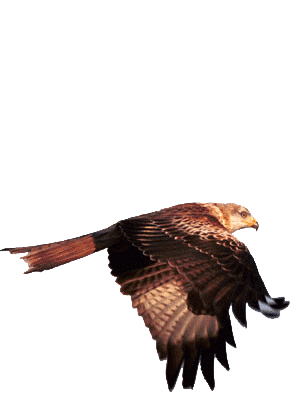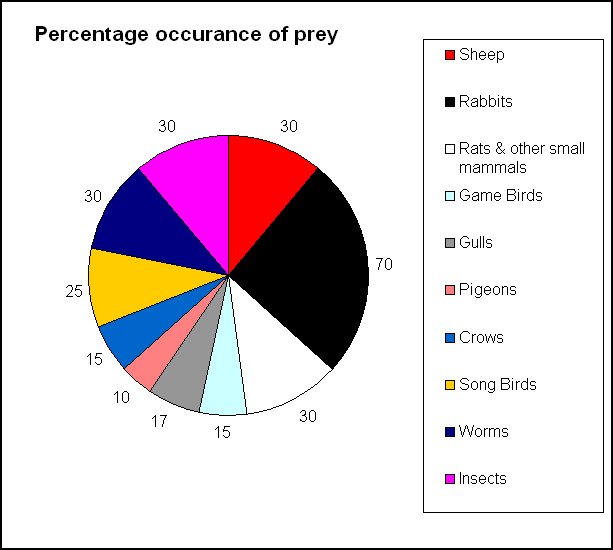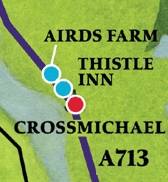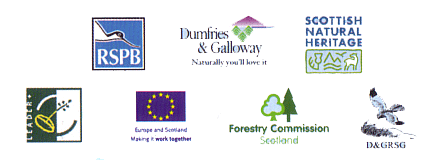|
|
 |
|
|
|
|
|
|
 |
|
|
| Red Kite Diet |
|
|
| The red kite Milvus milvus is an opportunist predator and scavenger, feeding on a wide range of carrion and small live prey. It is entirely carnivorous, but of all European birds of prey it perhaps has the most diverse range of food, being equally at home in rural or even urban environments, if it is left alone. |
|
|
 |
|
|
|
In Galloway red kites largely feed on dead birds and mammals, often feeding on animals killed on the road, including rabbits, pheasants, hedgehogs and hares, although they will also feed on just about anything dead in the countryside. In addition, they take many earthworms and daddy-long-legs and can be seen picking these up in heavily-grazed fields. |
|
|
| Although kites are large birds of prey, they are not very powerful for their size and weigh less than the similar sized buzzard. They have relatively small bills and feet for a raptor and are incapable of killing adult rabbits or gamebirds, for example. Kites can take small prey however, and will take small mammals such as voles. They will also take nestling crows, rooks, wood pigeons and gulls, and these can be especially important when the kites are feeding their own young in the nest. |
|
|
|
Kites do not pose any threat to game birds and many of Scotland's kites have been released on shooting estates. One release cage near Stirling was actually inside an active pheasant pen. Several local shooting estates have been very supportive of the project in a variety of ways. |
|
|
 |
|
|
|
|
|
| On the continent, kites will also scavenge on rubbish dumps and near abbatoirs. Formerly the birds also foraged around city streets and fishing ports in Britain, making use of human waste there. Kites are therefore easy to attract to discarded meat and can often be seen at the feeding station near Laurieston |
|
|
|
The 'Red Kite Diet' information board is located at The Thistle Inn, Crossmichael. A warm and friendly reception from the McLelland family and staff will greet you to the Thistle Inn. Specialises in home cooking. The inn is open all year. |
|
|
|
 |
|
|
| Contact Telephone: (01556) 670203 |
|
|
|
 |
|
|
 |
|
|
|
|
|
|
|
|
|
|
|
|
|
|
|
|
|
|
|
|
|
|
|
|
|
|